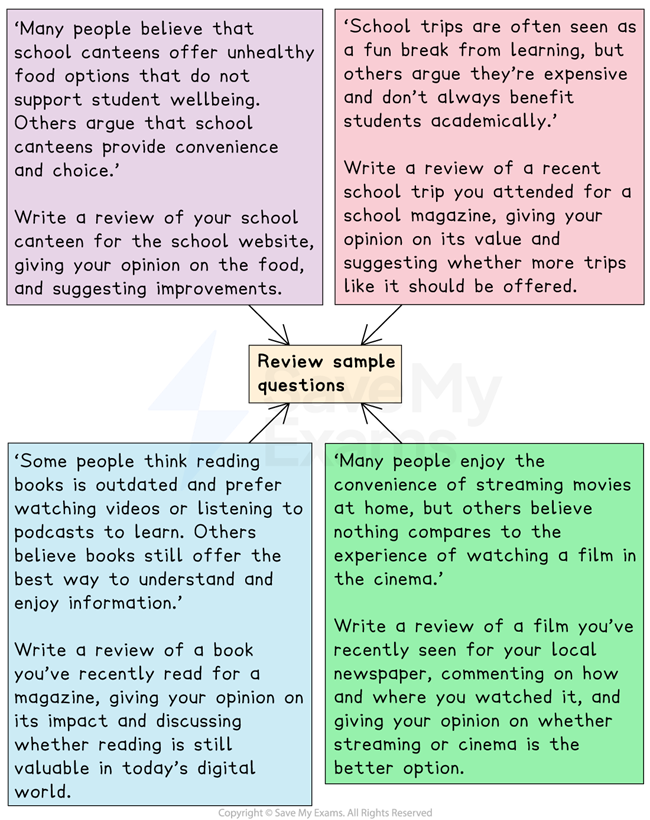Around half a million Palestinians are returning to Gaza City following the start of a ceasefire between Israel and Hamas. The truce followed extensive efforts and negotiations between Israel, Hamas, the USA, and Arab nations. The deal was orchestrated by US President Donald Trump, who hopes to bring peace to the region. The first phase of his peace deal involved the withdrawal of Israeli military from a large section of Gaza, and for Hamas to release the 48 hostages remaining in captivity. The laying down of arms has allowed hundreds of thousands of Palestinians to head north to Gaza City, most of which is in ruins after two years of being bombarded and reduced to rubble.
Emotions have been running high in recent days among Israelis and Palestinians. Alongside the release of the Israeli hostages, nearly 2,000 Palestinian prisoners and detainees are expected to be freed. The brother-in-law of hostage Omri Miran told the New York Post: "I have yet to process it all. I am naturally happy that this nightmare may soon be over." Gaza City residents are relieved to be able to return home, despite the widespread destruction, almost no infrastructure, no electricity, and no running water. One resident said: "I pray that God relieves our sorrow and distress, and that people return to their homes." Another man was more cautious after being displaced 20 times in the past two years.Paragraph 1
| 1. | truce | a. | Broken pieces of stone, brick, or buildings. |
| 2. | extensive | b. | An agreement to stop fighting for a time. |
| 3. | negotiations | c. | The act of moving back or leaving a place. |
| 4. | orchestrated | d. | Very big or covering a large area. |
| 5. | withdrawal | e. | Carefully planned and organized. |
| 6. | captivity | f. | Talks between people or groups to reach an agreement. |
| 7. | rubble | g. | The state of being kept as a prisoner or not free. |
Paragraph 2
| 8. | detainees | h. | People kept by the police or army and not free to leave. |
| 9. | nightmare | i. | Forced to leave home and live somewhere else. |
| 10. | relieved | j. | A very bad or scary dream. |
| 11. | destruction | k. | A strong feeling of sadness. |
| 12. | infrastructure | l. | Feeling happy or calm after worry or fear. |
| 13. | sorrow | m. | Great damage; when something is ruined or broken. |
| 14. | displaced | n. | The basic systems a country needs, like roads and power. |
1. TRUE / FALSE: Read the headline. Guess if 1-8 below are true (T) or false (F).
- Half a million people live in Gaza. T / F
- The first stage of the ceasefire involves Israel's army leaving all of Gaza. T / F
- Hamas must release 48 hostages as part of the ceasefire. T / F
- The article says Gaza City has been hit by bombs for the past two years. T / F
- The ceasefire requires Israel to release almost 2,000 prisoners. T / F
- An Israeli man said he is happy the nightmare might soon be over. T / F
- Only half of Gaza City has electricity. T / F
- A Gaza City resident has moved 20 times in the past two years. T / F

.png)
